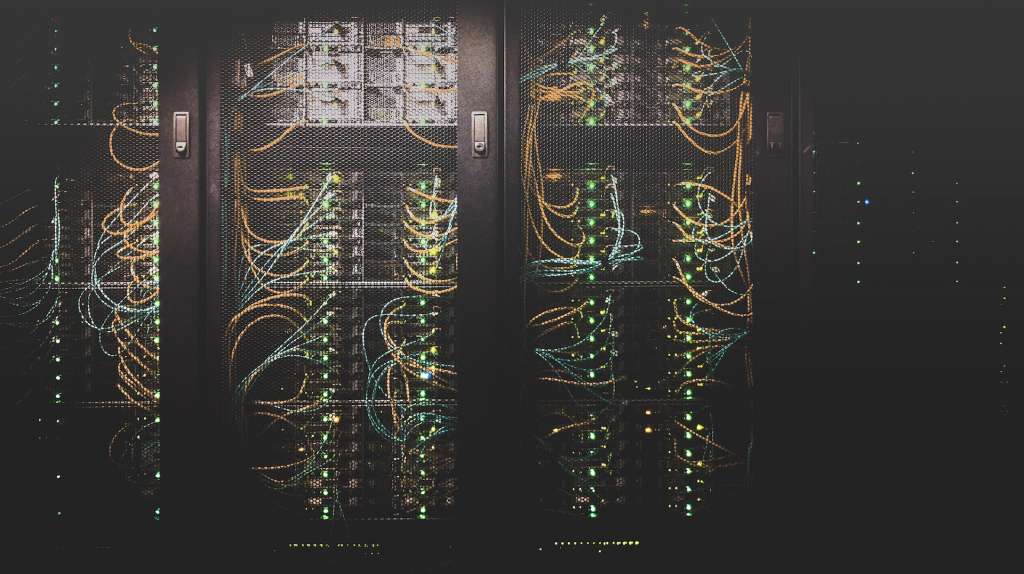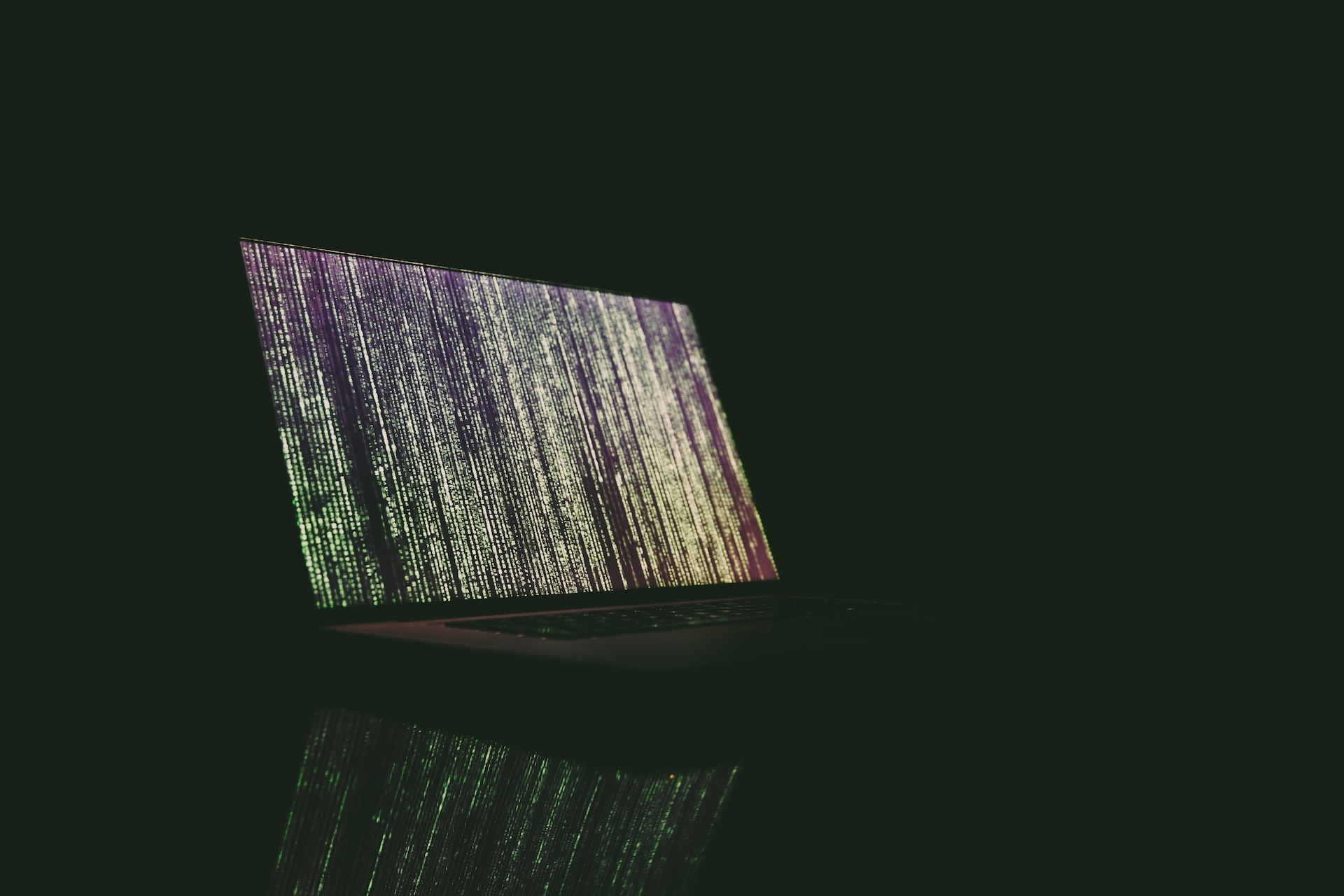Share This Article
New technology for storing data on plastic film has been found
Scientists from MLU University in Germany have discovered a new way to store information. For this, they used thin polymer films made of polyvinylidene fluoride. This technology of data storage is cheap to produce and is also environmentally friendly.
This type of polymer film is used to make all kinds of seals and membranes. At the same time, it belongs to ferroelectric materials, and as in all of them, in its structure, the positive and negative charges are spatially separated. In theory, this property is suitable for data recording, but in practice, it is limited by the crystal structure of the material. It has poor ordering, like other polymers of this kind.
Scientists have found that when a certain electric charge is applied, atomic force microscopy becomes possible. Atomic force microscopy is the scanning of material with a small tip – only a few nanometers. Researchers realized that if the tip is not used for its intended purpose, but if you put pressure on the material at specific points, there is deformation associated with an electric charge. Most importantly, such charges can retain their appearance for many years without additional stimulation.

Pressure acts on the material at a specific point without shifting the molecules, and the structure remains unchanged. Electrical polarization responds to the pressure exerted by unfolding in its direction. This feature makes it possible to change the polarization and control it at the nanomolecular level. Electrical compounds obtained in this way are highly stable. The results showed that they remained unchanged for 4 years.
The discovery of German scientists is still of purely theoretical importance, but it is possible that they will soon find a worthy practical application. Work in this direction is ongoing, and the authors of the discovery plan to expand the research to include new materials and methods of exposure.
Another promising storage technology is 5D, which uses a laser to record information. Scientists from the University of Southampton are developing and researching in this area. It should be noted that this approach has been known for quite some time, in 2013, using a laser on a glass medium was recorded data in the volume of 300 Kbytes. Two years later, the technology was improved, which simplified the process, and the use of a new generation of lasers allowed transferring data of 5 GB in size to a glass of 1 inch. The scientists hope that soon they will be able to record up to 500TB of information on a medium whose area is equal to a standard compact disk. At the same time, the recording density will be 10 thousand times higher.

